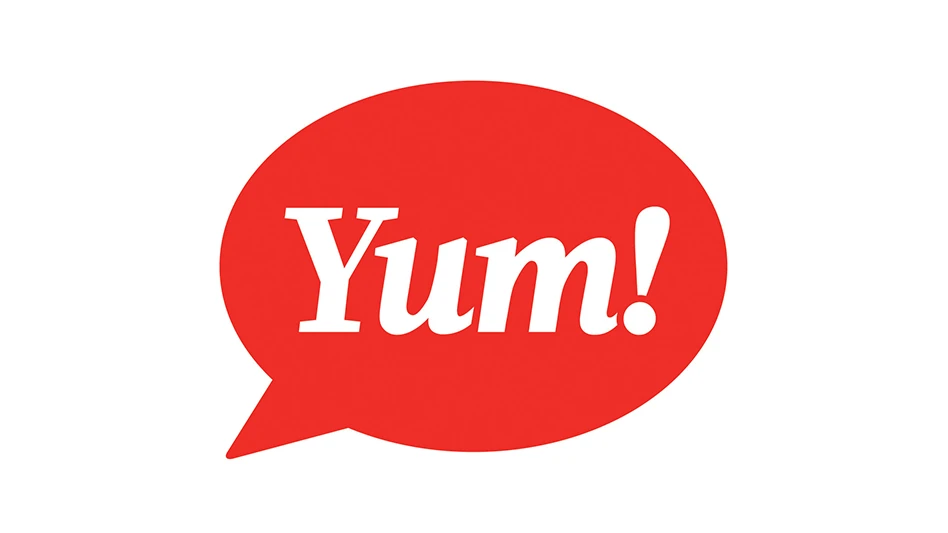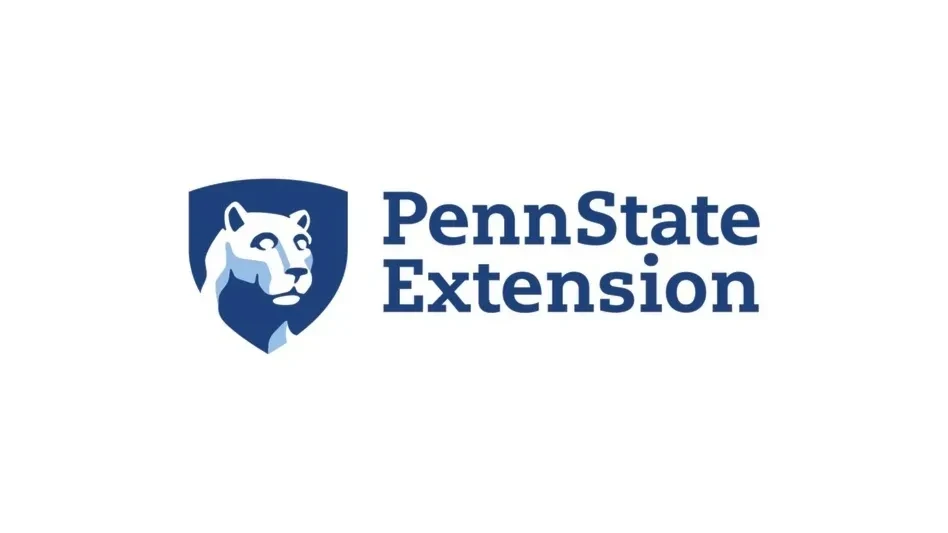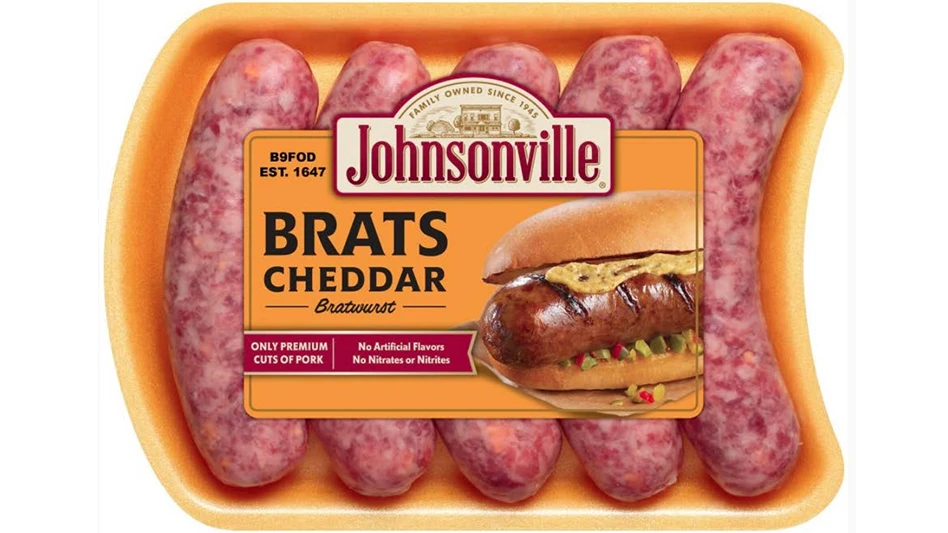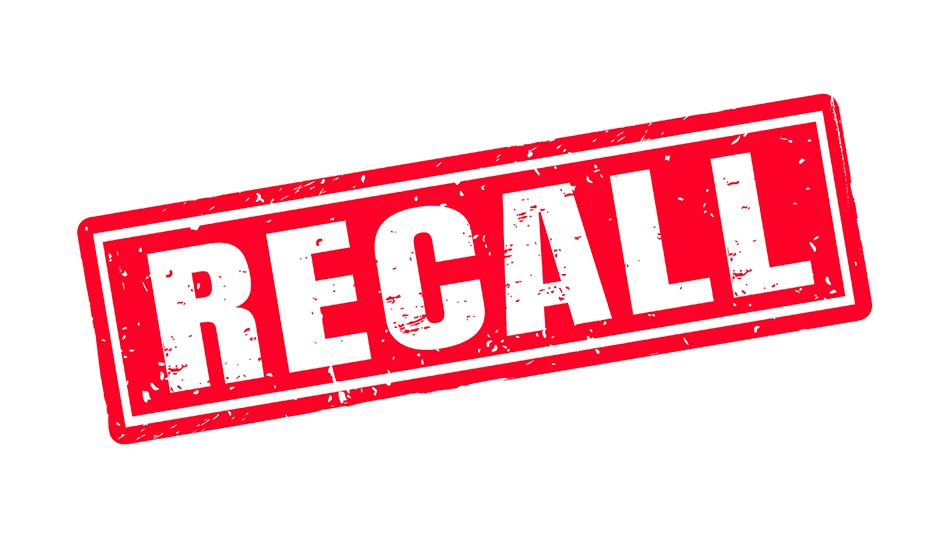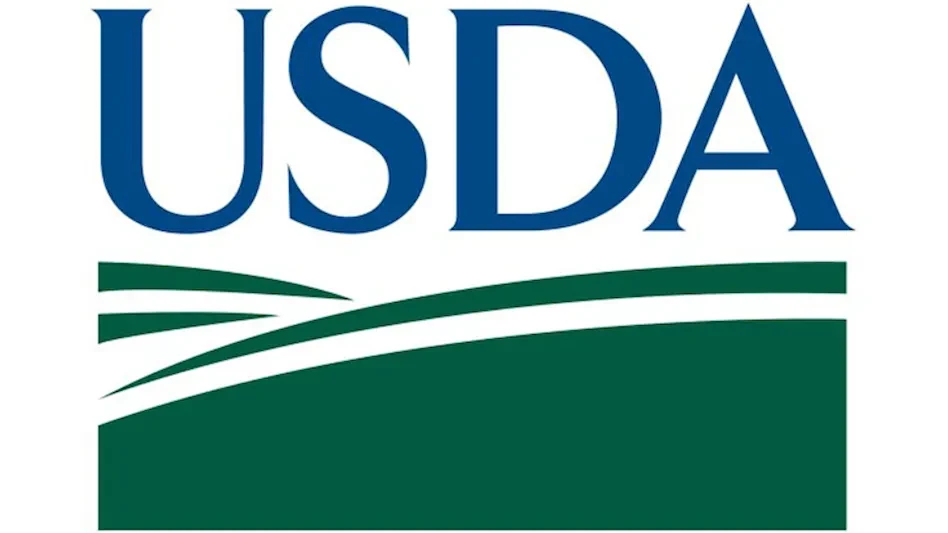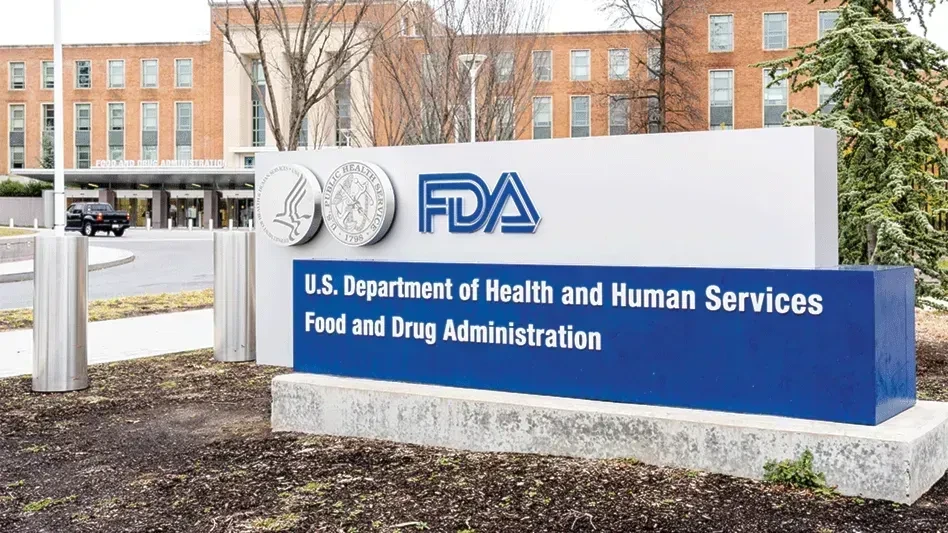Discussion abounds about protecting your product from harmful unintentional adulteration (food safety) and intentional adulteration with the intent to harm (food defense), but there is another area of adulteration that, though rarely discussed, can have significant impact on your product or brand. That is the intentional adulteration with the intent to defraud (food counterfeiting).
According to John Spink, director of the Packaging for Food and Product Protection Initiative at the National Food Safety and Toxicology Center at Michigan State University, who spoke at the International Association for Food Protection Annual Meeting in Columbus, Ohio, in August, counterfeiting is a rapidly increasing problem with an estimated eight percent of all global trade being in counterfeit goods. In food alone, the global counterfeit threat is estimated at $49 billion.
Counterfeiting can be the unauthorized production, over-run or diversion of goods; simulated or look-alike products; intellectual property theft of trademark, patent, copyright or trade secrets or processes; or other tampering or fraud. Acts specific to food include product substitution, up-labeling, label adulteration, origin relabeling, copy or unauthorized refill or “freshening.”
In addition to production of fraudulent product sold under an established brand name, fraud of an actual product could occur within its supply chain. For example, a company hired to destroy an expired product might instead “freshen” the packaging, altering or obliterating the expiration label, then sell the product at a discount market.
SAFETY RISKS. While any company faces economic loss from counterfeiting of its products, a food producer faces additional risk in public safety of products sold under its brand name. Such food safety risks could include production without the use of Good Manufacturing Practices and the introduction of undeclared allergens, pathogens, poison or harmful chemicals, inactive ingredients or preservatives.
Although product counterfeiting most often is associated with luxury brands of items such as watches and purses, which are duplicated and sold on the streets of major cities or kiosks in major malls, only half of the counterfeit products are luxury goods, Spink said. The others are household items such as toothpaste, shoe polish and pet food, which when resold in discount marketplaces, have very high profit margins.
A GROWING CONCERN. Counterfeiting is a growing concern, Spink added, because of the availability and growth of technology, increased globalization, lax legal penalties and the prevalence of organized crime. The food industry is particularly susceptible because of the speed at which it operates. “Businesses depend on speed,” Spink said. It is critical for many food items to move quickly from the field to the consumer, and the faster a system operates the easier it is for a product to be in the hands of the consumer before fraud is realized. While traceability is becoming more extensive, there are still plenty of gaps by which counterfeiters can enter and escape.
The difficulty with countering counterfeiters is that they operate on a completely different basis than most criminals, Spink said. While they select their target according to fairly basic reasons — high potential profit, low cost and ease of copying and market demand, they also choose those products with the least deterrent laws or lowest levels of enforcement and for which fraud is most difficult to detect or prove. And if they are blocked in one direction, most will simply continue the fraud in another direction. Spink echoed recent comments from a director of the Council of Europe, who referred to the market for counterfeit drugs as being “on the verge of becoming a silent pandemic.”
PROTECTION. The most effective protection against counterfeiting of your product is the implementation of a “hurdle” approach, that is, incorporating regular checks and testing in various areas, including package components, product authentication, traceability or pedigree, supply chain management and manufacturer audits. Spink recommended that, as is done for food safety defense, these anti-counterfeit strategic steps should then be incorporated into current standard operating procedures, such as HACCP and GMPs.
Government actions and regulations that have been taken for the safety and defense of food also can help to deter counterfeiting. The Food Traceability section (306) of the Bioterrorism Act and the Global Data and Automatic Identification Standards are key areas for attention as deterrents to product counterfeiting.
And although the food industry has distinct differences from other industries, and has developed specific tactics to fight counterfeiting, those that are being used in other markets are relevant to the food chain as well, Spink said.
In addition, there are steps plants can take to specifically thwart food counterfeiting. “HACCP-type programs can be expanded to monitor for process variations — and are effective if they include standard operating procedures to review deviations or oddities,” he said.
For example, he said, products that come from a distributor are more suspect than product that is shipped direct, because there are more ownership hand-offs and, therefore, more opportunity for fraud. In the same way, blends are more suspect than homogeneous product, as there is more opportunity for some small, rogue product to enter the chain.
FIGHT FRAUD. To counter such frauds, Spink said a processor should:
- consistently buy ingredients and materials from the same, trusted supplier;
- have a process to review each incoming raw ingredient, including its packaging, transport and on-time delivery, paperwork and certificate of analysis;
- always retain samples of the goods, and coordinate incoming goods with lot numbers;
- monitor the process of lot number allocation for traceability; and
- authenticate incoming goods, incorporating a system to ensure you are getting exactly what you think you are getting.
“Diligence and vigilance are key,” Spink said. Discuss your supply chain/procurement security with your suppliers; don’t go into detail on the process, simply let them know that you are doing it. And keep looking.
“Most importantly,” he said. “Raise overall awareness of quality. Keep looking for ways to improve operations.”
Protect Your Product
The market for counterfeit foods is estimated at $49 billion. For more information on counterfeiting and resources to help protect your products from potential piracy, visit
www.iacc.org.

Explore the October 2008 Issue
Check out more from this issue and find your next story to read.
Latest from Quality Assurance & Food Safety
- Ferrero Group Invests $445 Million in Ontario Production Facility
- Nelson-Jameson Announces Grand Opening for Pennsylvania Distribution Center
- Taylor Farms Linked to Romaine E. coli Outbreak as Marler Clark Files Multiple Lawsuits Against Supplier
- IAFNS Announces Winners of Emerging Leader Awards for Food Safety, Nutrition
- FDA Shares Testing Results for PFAS in Bottled Water
- Provision Analytics Adds Food Safety Expert Jennifer Williams to Strategic Advisory Group
- Boston Sword & Tuna Protects Seafood Safety with Mettler-Toledo Metal Detectors
- IFT Releases New Resources to Aid Food and Beverage Industry in Sugar Reduction
